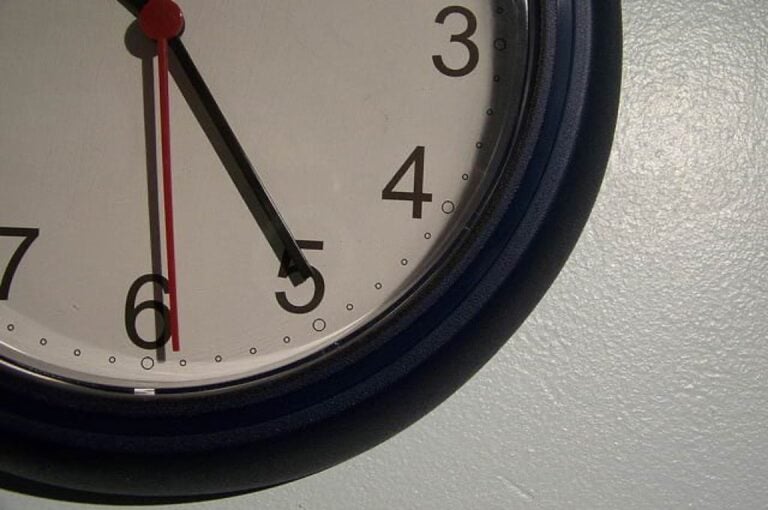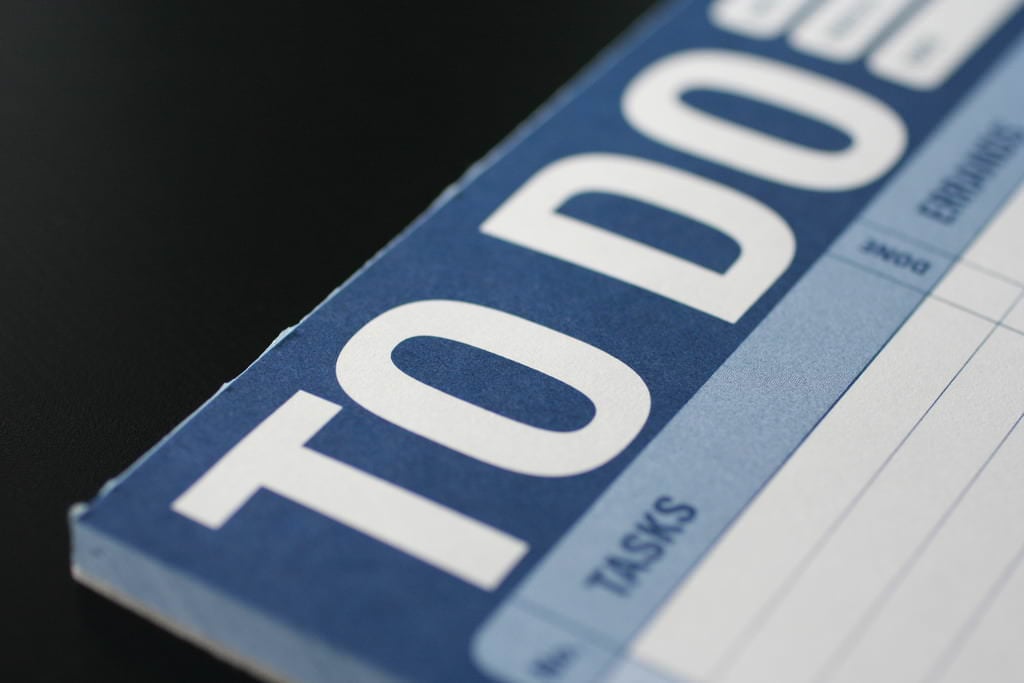Pain is a major concern for patients who are about to have total knee surgery. Post-operative knee replacement patients want to know what their life will be like after their surgery, how much discomfort they will have, and how many narcotics or other medications they will have to take. Educating yourself about pain before you are in pain can significantly reduce fears and help you manage your expectations. We recommend patients follow a simple mantra when practicing pain management for total knee surgery: Rest, Ice, Medicate, Elevate.
Rest
Total knee surgery takes a large toll on the body, and for this reason, you cannot expect to resume your regular daily activities within four or five days after the surgery. Think of it this way, the damage caused to your knee joints happened over time; your healing and recovery will also need to happen over time.
Pain, swelling, and over-activity are all related. The antidote to all three is rest. Being on your feet causes both pain and swelling. The knee is the biggest, most complex and nerve-rich joint in the body. When overused, the knee will react sharply, causing discomfort and pain.
After the first week of your recovery, be active in short spurts and rest for longer periods in between. Don’t expect to be able to do housework or gardening for at least 2-4 weeks depending how quickly you recover.
Ice
Ice is absolutely essential for pain management in knee replacement surgery recovery. Ice can reduce pain in combination with medication, and with less severe pain, it can be used on its own. For knee replacement patients, we recommend an ice machine with special wrap-around compression bags. You fill these bags with iced water and gently wrap them around your knee.
If an ice machine or compression bags are not available, we suggest getting five to ten gel packs and keeping them in the freezer. During your recovery, you’ll need to change the ice packs regularly. Please remember to protect your skin–new gel packs can easily burn.
Elevate your legs and rest while you are icing.
Medicate
After your knee surgery, your orthopedic surgeon will most likely have you on narcotic pain medication. You can expect to be medicated for at least a few weeks. As with all narcotics, there are side effects, but we recommend that you follow the instructions exactly as they are given to you. In the case where the prescription by your surgeon does not adequately manage your pain levels, remember that you can contact your primary physician.
We stress the importance of medication for one simple reason. Pain causes swelling, which can interfere with your physical therapy, your healing, and your progress. At lower pain levels, the medication your doctor gives you will work more quickly. However, the more the pain is permitted to build up, the longer the drug takes to become effective.
Weeks after the surgery, you may still need pain pills even though you are getting back to normal activities. This is true especially at night when pain tends to become more obvious.
Elevate

We suggest that you elevate your legs as much as you can. By “elevate,” we mean having your feet higher than your hips. If you’re on a recliner, put a couple pillows on the leg rest to keep your legs propped up. If you’re on a chair, use lots of pillows on the chair across from you. If you’re in bed, put some rolled up blankets at the end of your bed, under the mattress. These techniques to keep your legs elevated will lessen the amount of pain in your knees.
It is important to remember that sometimes pain can persist in one form or another for many weeks. This is normal.
When the early, sharp pain has subsided, it gets replaced with a deeper, more achy pain. This second type of pain will still need to be treated. In addition, your physical therapy may cause some pain in your joints. You can prepare yourself for this pain with a dose of medication about an hour before your physical therapy sessions.
Lastly, if you do get a sharp pain that you haven’t had before, especially after exercise or physical therapy, there may be an inflammation in one of your muscles or ligaments. Be sure to make an appointment with your doctor if this happens.






